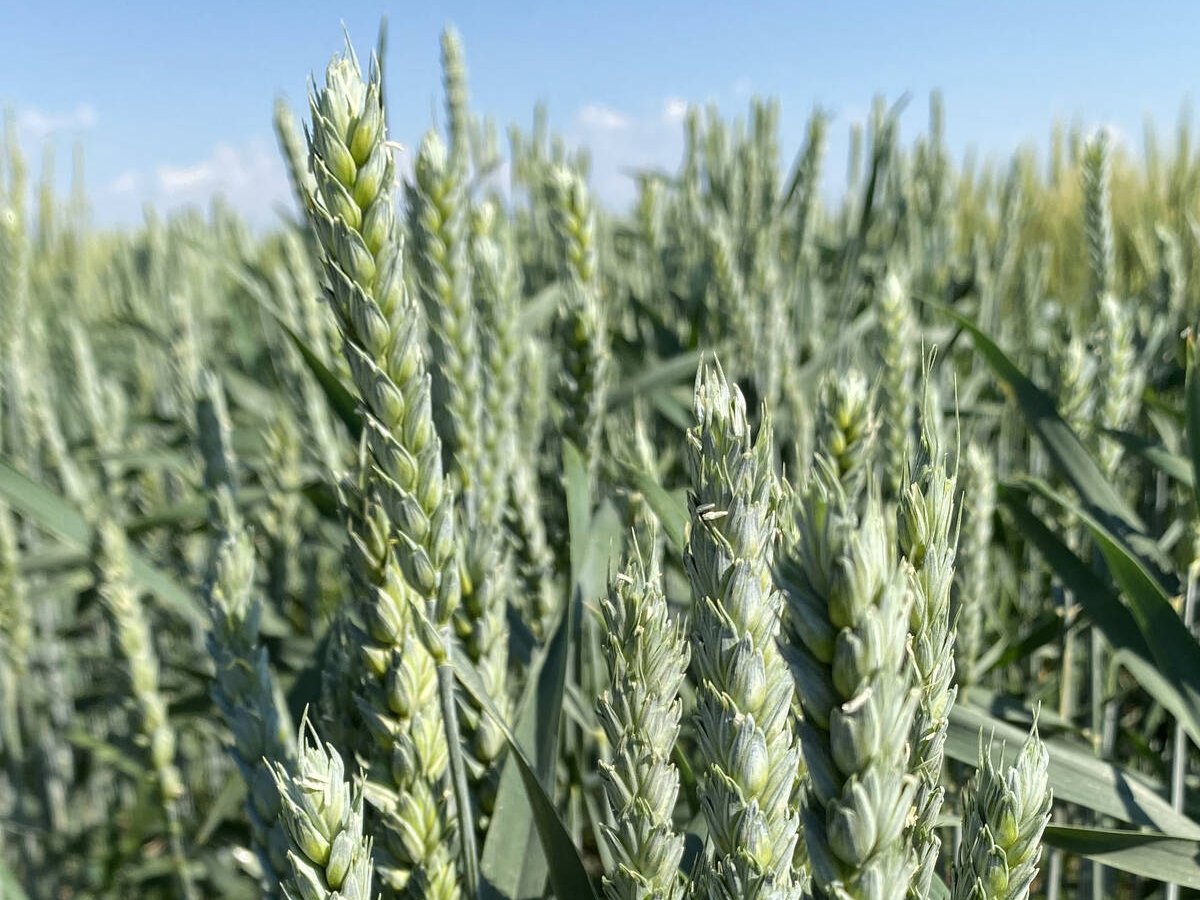Western Canada’s feedgrain market has suddenly turned favourable for sellers.
“It’s definitely a very bullish market,” said Greg Hagel of Quality Grain, a Calgary feedgrain broker.
“Two weeks ago I would have said the opposite, but the Midwest (drought) situation is putting a lot of pressure on our feedgrains.”
Intense dry heat in the U.S. Midwest is slashing expectations for corn yield, driving prices of corn and most other crops higher. That includes prairie barley, oats, feed wheat and other feedgrains.
Read Also

Discovery promises big wheat yield gain
University of Maryland researchers have discovered a gene that produces three grains per wheat floret instead of the usual one.
The situation is intensified by Statistics Canada’s seeding report, which found prairie farmers planted a lot less barley and marginally less wheat and oats than they planned to in the early spring.
They planted more lentils than expected, which will weigh on prices for the pulse crop.
No one thinks the Prairies will run out of barley, wheat, oats and other feedstuffs, but with high feedgrain prices in the United States and offshore, prairie livestock feeders will be forced pay up for supply.
The lower Canadian barley area — 7.4 million acres instead of the 7.9 million originally planned — “will tighten things up a bit, but more important is how demand arbitrage comes together for barley prices and malting barley prices,” said analyst Greg Kostal.
Barley had suffered from dreadful malting premiums, which meant the price was little better than feed barley even if a farmer produced a crop that was selected for malt. Kostal thinks that prompted many producers to seed extra acreage with canola and less with barley.
“I think people were frustrated by the lack of malting barley premiums,” said Kostal.
The hot market for old crop feed barley, with $5 per bushel farmgate prices appearing in Western Canada, is continuing as supplies run out.
Hagel said $5 per bu. for feed barley is common around Calgary, while feed wheat, which is now in short supply, is selling for $6.50 per bu. at the farmgate.
“We’re having trouble filling what’s out there for bids,” said Hagel.
“It’s tough to find grain. You have to make a lot of calls.”
Until recently, new crop barley prices were much lower than old crop. While many thought acreage would be down a bit from Statistics Canada’s March survey, favourable seeding and growing conditions have changed their minds.
“I think we’re going to have a huge crop,” said Hagel.
However, with the Midwest drought there is potential for a lot of Canadian crops to be exported.
Prices have risen around Viking, Alta., for January-February deliveries to $5 per bu. delivered.
Almost no one thinks U.S. corn will come into Western Canada, removing a main factor that can discipline prairie feed barley prices from going high.
















